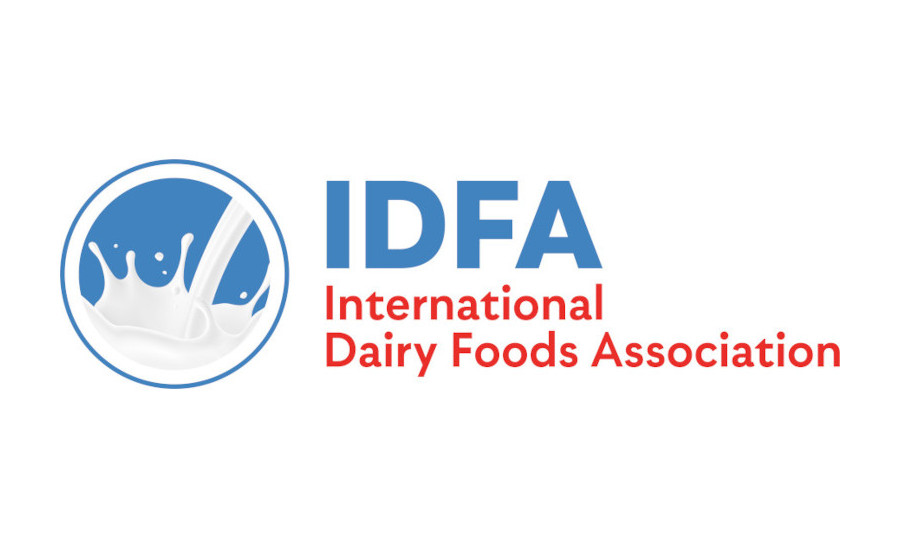The International Dairy Foods Association (IDFA) announced the establishment of the Healthy School Milk Commitment, a pledge by dairy companies to deliver milk’s 13 essential nutrients to America’s students while reducing calories and added sugars in flavored milk.
Beginning with the 2025-2026 school year, 37 school milk processors representing more than 90% of the school milk volume in the United States commit to provide healthy, nutritious school milk options with no more than 10 grams of added sugar per 8 fluid ounce serving, fully consistent with the latest federal Dietary Guidelines for Americans and ahead of current school meal nutrition guidelines established by the U.S. Department of Agriculture (USDA).
Flavored milk products such as chocolate milk offered in schools today contain an average of just 8.2 grams of added sugar per serving. The Healthy School Milk Commitment combines dairy’s passion for product innovation with a long-standing promise to provide healthy, nutritious dairy options to schoolkids everywhere.
Among milk options available in schools, low-fat flavored milk is the most-consumed beverage for students regardless of grade. For years, parents and nutrition professionals have agreed that milk and dairy products must remain key building blocks in school meals. The Healthy School Milk Commitment affirms that promise and assures parents and students that healthy milk options with less added sugar will remain on school meal menus for years to come.
“The Healthy School Milk Commitment goes above and beyond federal nutrition guidelines, ensuring that all children in grades K-12 continue to have access to the milk they enjoy with fewer calories and less added sugar,” said Michael Dykes, D.V.M., IDFA president and CEO. “School meals are incredibly important to the health and welfare of our children, and milk is a central building block in school nutrition programs. Milk is the leading source of calcium, vitamin D, and potassium for American children ages 2 to 18, and that is why milk processors continue to step up by providing wholesome, healthy, and nutritious white milk and flavored milk options with 13 essential nutrients that students will consume.”
The most recent Dietary Guidelines for Americans report is clear: Children are not receiving enough essential nutrients for growth, development, healthy immune function, and overall wellness. In fact, healthy milk and dairy options in school meals—including lactose-free and reduced-lactose options—are the most important opportunity of the day for children to get the critical nutrients they need. Milk is the number one source of protein in the diets of children ages 2 to 11. Flavored milk options, such as chocolate, vanilla and strawberry milk, are the most consumed beverages within the school meals program, leading to higher program participation, less plate waste, and greater consumption of essential nutrients children need to grow and thrive in school and life.
“We understand that parents, school nutrition professionals, and pediatricians want to ensure children consume healthy, nutritious foods and beverages in school, and that is why we are excited to make the Healthy School Milk Commitment today,” said Dykes.
IDFA believes that good nutrition is the foundation of health and wellness for adults and children alike, and dairy is a crucial part of a healthy diet beginning at a very young age. In fact, no other type of food or beverage provides the unique combination of nutrients that dairy contributes to the American diet, including high quality protein, calcium, vitamin D, and potassium, and health benefits including better bone health and lower risk for type 2 diabetes and cardiovascular disease.
IDFA will share graphics, a video, and printed educational materials on the Healthy School Milk Commitment with partners and community members including USDA, state governments and agencies with authority for school nutrition programs, national and state nutritionist and dietician professional organizations, state dairy organizations, and organizations committed to public health and access to nutrition.









